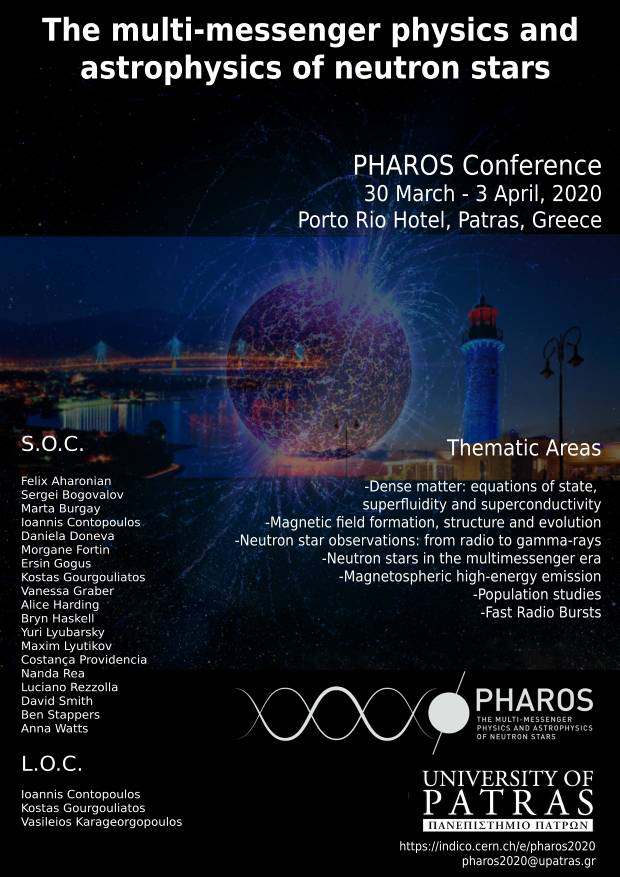Speaker
Description
We study the current closure problem for a neutron star with a force-free pulsar magnetosphere that develops a large-scale poloidal electric current circuit. The electric current closes through the interior of the neutron star where it provides the torque that spins-down the star. We study the internal electric current in an axisymmetric rotator and evaluate the path of the electric current by requiring the minimization of internal Ohmic losses. In millisecond pulsars, the current reaches the base of the crust, while in pulsars with periods of a few seconds, the bulk of the electric current does not penetrate deeper than about 100 m. The region of maximum spin-down torque in millisecond pulsars is the base of the crust, while in slowly spinning ones it is the outer crust. We evaluate the corresponding Maxwell stresses and find that, in typical rotation-powered radio pulsars, they are well below the critical stress that can be sustained by the crust. For magnetar-level fields, the Maxwell stresses near the surface are comparable to the critical stress. We then employ a realistic conductivity profile, accounting for the Landau quantum levels applicable to strong magnetic fields (B > 10^13 G). This profile has a non-monotonic dependence on radius. We find that while the current flow does not change drastically, the Ohmic heating power does, with regions of higher power being located underneath ones with lower Ohmic power.

